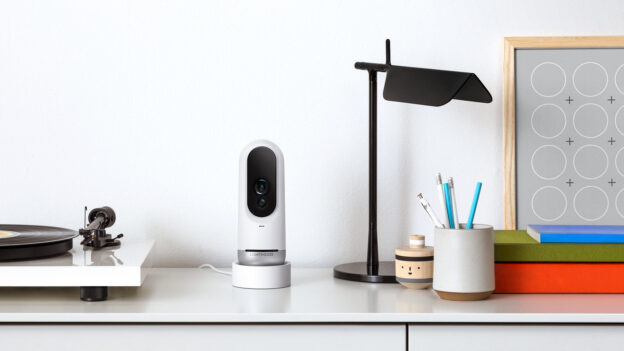Multifunctional smart home systems which provide comfort and secure housing are gaining more popularity year by year. Firstly, it is caused by the increase in technological literacy of the population worldwide. Secondly, such equipment is gradually becoming cheaper, which makes it more accessible to citizens despite their income. So, what is considered a smart home?
Nowadays, smart home systems are installed on both residential and commercial properties: apartments, cottages, offices and hotels. In Western Europe, the US, Canada and other developed countries, such hardware and software systems are actively used not only by wealthy people but also by those with limited budgets.
Due to the huge assortment of tech devices for home automation on the market today, it’s useful for many consumers to compare smart home systems from different manufacturers. For this purpose, we propose to evaluate their main traits.
Which Smart Home Is Better?
In short, it is an automation of household systems designed to make life easier for us.
You may also wonder, “Smart home appliances typically include which of the following: speakers, plugs, cookers, bulbs, showers, or fridges? The answer is, “All of them.”
To facilitate your understanding of the various home automation systems’ intricacies and functionality, we can identify the primary evaluation criteria. Some examples include the following:
- The set’s standard parts and its scalability.
- The ability to add equipment to make it more useful.
- How the components of the system are linked to one another.
- Control strategy employing PC, mobile phone or smart watch.
- Channels of communication with users.
- Signal range.
- Cost.
- Provider.
First, decide on the architecture of the smart home system: what sensors, actuators and functions will be needed. A small number of identical devices, such as LED lights and sensors, can be conveniently controlled via manufacturers’ mobile apps which act as a hub.
The control panel is especially useful if works with several communication protocols. Appliances typically use Wi-Fi or Bluetooth, while lighting and air conditioning use ZigBee and Z-Wave.
Take care of the system’s smooth operation. Smart speakers or screens are sufficient for a small apartment with multiple sensors.
Top-3 Smart Home System Brands
Below, check the best smart home systems with brief descriptions.
Apple HomeKit
The HomeKit platform is a software framework built directly into Apple devices. When using this system to control your smart home with your iPhone, you only need an application with a sleek design and an intuitively simple interface.
On iOS, iPadOS, and macOS, the Home app lets you set up home control thanks to Apple’s smart ecosystem. Siri makes everything work flawlessly. Therefore, you can control the temperature, lights, and entire triggering algorithms from your iPhone.
The Apple HomeKit system supports a wide range of smart devices thoroughly vetted by Apple engineers, which is a big advantage.
Do you understand, “How does a smart home system work?” If not, Google’s solution is the simplest way to learn.
Google developed a line of smart speakers that are excellent for creating a smart home after developing its voice assistant. The company sells a wide range of control tools, from small pocket speakers to expensive gadgets.
In addition, voice assistant support is available on third-party speakers and displays, including JBL, LG, Sony, Lenovo, Panasonic, and Sonos.
Amazon
The Amazon Alexa digital assistant was featured in the original Amazon Echo smart speaker in 2014 and has since spread to many speakers and other smart devices.
Amazon’s smart home system only includes speakers to control smart devices from other companies. It’s not hard to connect a few devices to your system, but setting up a complete smart home can take a long time.
There are more smart devices compatible with Amazon Alexa than with Apple HomeKit, for instance, so we can consider this system more accessible.
Final Thoughts
A smart home can handle many routine tasks and free up enough time for more pleasant activities. The system will start cleaning, prepare the apartment for the return of the owners, and even turn on their favorite music. It also allows a homeowner to control the lighting without worrying about the apartment’s security.
You don’t have to buy a maximum of devices at once – plug in new ones gradually. The best place to start is with smart outlets. We hope that our smart home system comparison was helpful.

